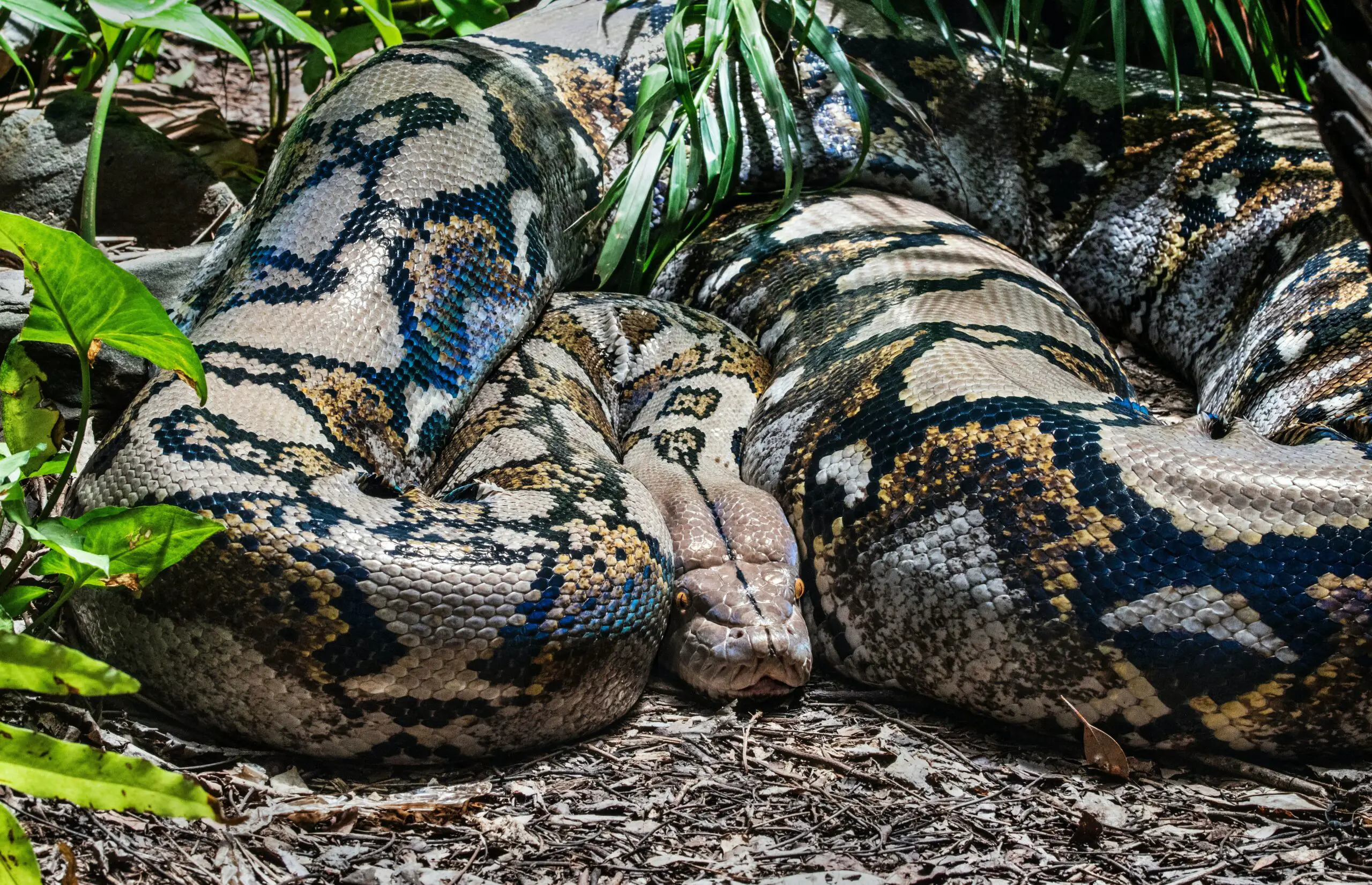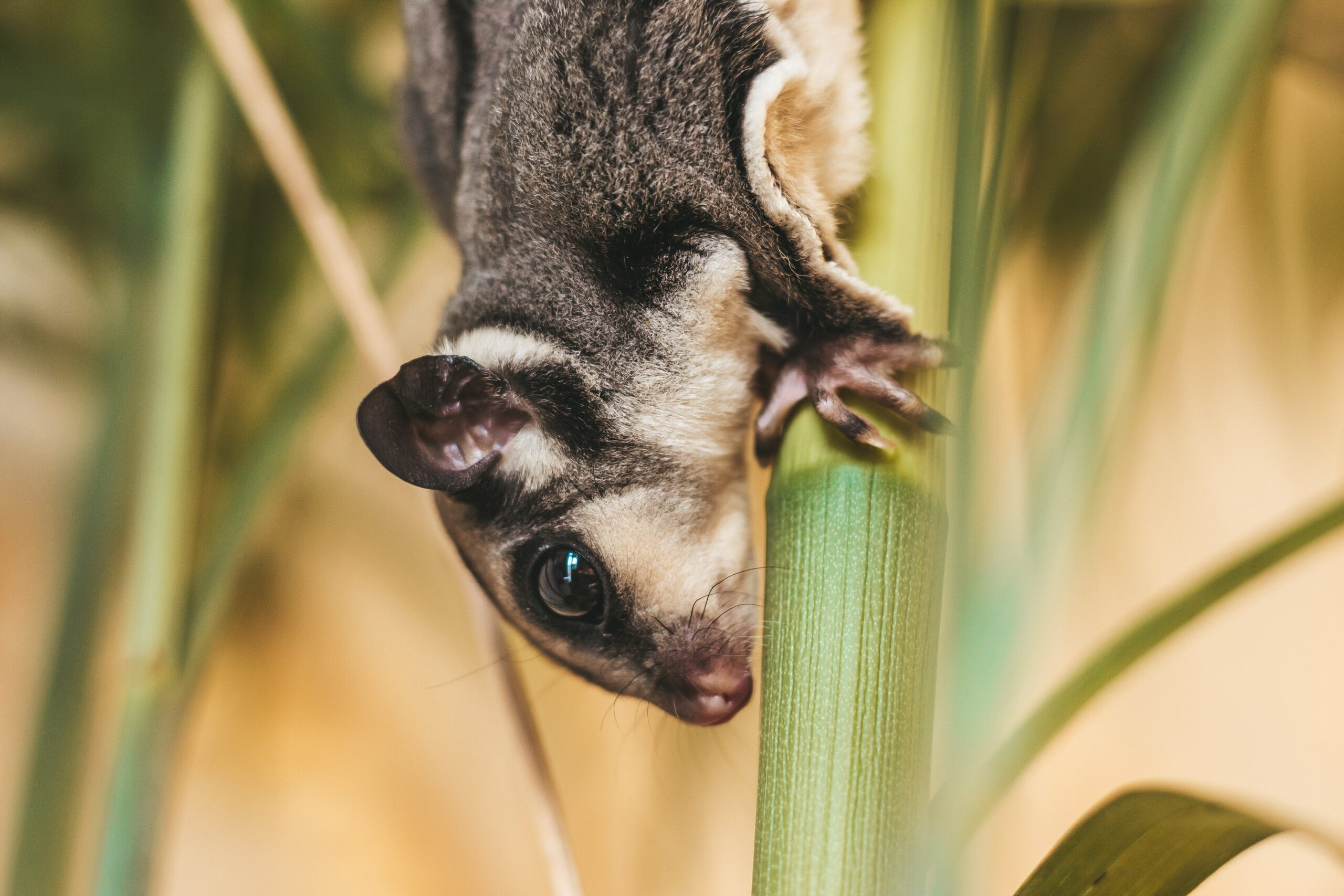American bullfrogs are one of the largest frog species in North America, known for their distinctive deep croak and greenish-brown skin.
While they are primarily aquatic and spend most of their time in or near water, they are also known to venture onto land in search of food or to escape predators.
This raises the question: can American bullfrogs bite?
The short answer is yes, American bullfrogs can bite, but the likelihood of them doing so is relatively low.
Bullfrogs have strong jaws and teeth designed to grip and swallow prey, but they typically only use them in self-defense or if they feel threatened.
In most cases, bullfrogs try to avoid confrontation and jump away if they feel threatened. However, it is essential to note that handling or provoking a bullfrog can increase the likelihood of it biting.
Despite their relatively docile nature, exercising caution around American bullfrogs is still essential. While their bites are not venomous or harmful to humans, they can still cause pain and discomfort.
Additionally, bullfrogs can carry and transmit diseases such as salmonella, so washing your hands thoroughly after handling them or coming into contact with their habitat is essential.
Biting Capability of American Bullfrogs
Teeth Structure
American bullfrogs have teeth-like structures on the upper jaw called maxillary teeth. These teeth are used to hold onto prey and prevent it from escaping.
However, these teeth are not designed for chewing food, so the bullfrog will swallow the prey whole after capturing it.
Bite Force
The bite force of an American bullfrog is not particularly strong compared to other animals. While they can bite, their bites are not typically dangerous to humans.
However, if a bullfrog is threatened or cornered, it may try to bite in self-defense.
Potential Dangers
While American bullfrogs are not typically dangerous to humans, some potential risks are associated with handling them.
Bullfrogs can carry salmonella, a bacteria that can cause human illness. Additionally, some bullfrogs may have skin secretions that can be toxic to humans and other animals.
Summary
Overall, while American bullfrogs are capable of biting, their bites are not typically dangerous to humans.
However, it is essential to exercise caution when handling bullfrogs to avoid potential risks such as salmonella or toxic skin secretions.
Precautions When Handling American Bullfrogs
When handling American bullfrogs, it is essential to take certain precautions to avoid getting bitten. Despite their relatively docile nature, these frogs have sharp teeth and powerful jaws that can cause injury to humans.
Firstly, it is essential to approach American bullfrogs slowly and calmly, as sudden movements can startle them and cause them to bite.
Wearing gloves when handling these frogs is also recommended, as this can provide an extra layer of protection against bites.
When picking up an American bullfrog, it is essential to support its entire body, as grasping it by the legs or tail can cause it to struggle and potentially bite.
It is also important to avoid handling these frogs near their mouth, as this can increase the risk of getting bitten.
If an American bullfrog does bite, it is essential to clean the wound thoroughly and seek medical attention if necessary. While most bites are not serious, they can become infected if not treated properly.
Handling American bullfrogs can be a safe and enjoyable experience if proper precautions are taken.
By approaching these frogs slowly and calmly, wearing gloves, and supporting their entire body when picking them up, it is possible to avoid getting bitten and enjoy the unique experience of handling these fascinating creatures.
Common Misconceptions About American Bullfrogs
There are several misconceptions about American bullfrogs that people commonly believe to be true. One of the most common misconceptions is that they are harmless and cannot bite.
While American bullfrogs are not aggressive towards humans, they can bite if threatened or cornered.
Another misconception is that American bullfrogs are native to the United States. In fact, they are an invasive species that were introduced to North America from Europe in the 1800s.
This has harmed native species, as American bullfrogs are known to outcompete and prey on other amphibians.
Finally, some people believe that American bullfrogs are a good pet choice. However, they require specialized care and a large living space and are not recommended for inexperienced pet owners. Additionally, as an invasive species, keeping American bullfrogs as pets in some areas is illegal.
Understanding the truth about American bullfrogs is essential to make informed decisions about their care and management.
American Bullfrogs Overview
American bullfrogs (Lithobates catesbeianus) are large, semi-aquatic frogs native to eastern North America. They are easily recognized by their green or brown coloration, large size, and distinctive “jug-o-rum” call.
Bullfrogs are highly adaptable and can be found in many aquatic habitats, including ponds, lakes, swamps, and slow-moving rivers.
Bullfrogs are opportunistic feeders and eat almost anything they can catch, including insects, fish, birds, and other frogs. They are also known for their powerful jaws and sharp teeth, which they use to capture and subdue their prey.
While bullfrogs are not typically aggressive towards humans, they can deliver a painful bite if provoked or threatened.
Despite their popularity as a food source and in the pet trade, bullfrogs are considered an invasive species in many parts of the world, including Europe, Asia, and South America.
Their introduction to these regions has significantly impacted native species and ecosystems. As a result, many countries have implemented strict regulations on importing and selling bullfrogs.
Anatomy of American Bullfrogs
American bullfrogs are large frogs that can grow up to 8 inches long. They have a greenish-brown color with dark spots and stripes on their legs and back. Their skin is smooth and moist, and they have webbed feet adapted for swimming.
Bullfrogs have a wide head with large eyes and a broad mouth. Their mouth is equipped with small teeth that they use to grasp their prey. They also have a long, sticky tongue to extend out of their mouth to catch insects and other small animals.
The bullfrog’s body is divided into three main sections: the head, the trunk, and the legs. The head contains the brain, eyes, mouth, and nostrils. The trunk contains the heart, lungs, stomach, and intestines. The legs are used for jumping and swimming.
Bullfrogs have strong hind legs that allow them to jump long distances. Their legs are also used for swimming and are equipped with webbed feet that help them move through the water.
Overall, the anatomy of the American bullfrog is well adapted for hunting and survival in its environment.
Conclusion
In conclusion, American bullfrogs can bite but typically only do so when they feel threatened or cornered. It is essential to approach these animals cautiously, as they can be dangerous if provoked. If you encounter an American bullfrog in the wild, it is best to keep your distance and observe it from a safe distance.
While American bullfrogs are not typically aggressive towards humans, it is still important to exercise caution when handling them.
If you are planning to keep American bullfrogs as pets, it is essential to research their care requirements and provide them with a suitable environment. American bullfrogs can make fascinating and rewarding pets with proper care and attention.
Overall, American bullfrogs are fascinating creatures that play an essential role in their ecosystems. By understanding their behavior and habitat requirements, we can better appreciate and protect these amazing animals for future generations.









